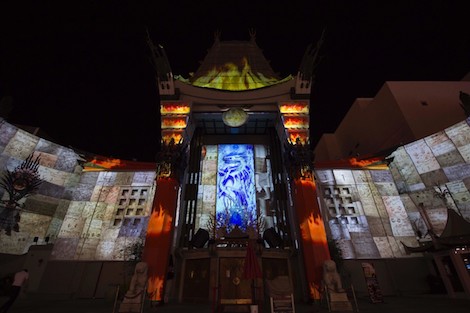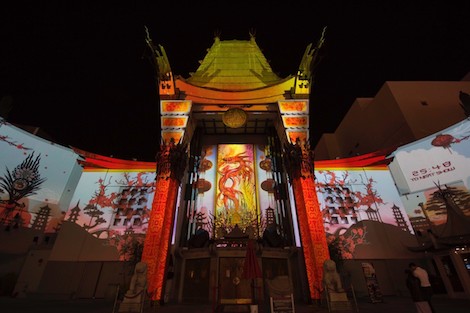Related post
Projection Mapping Transforms A Norwegian Church Into a Digital Canvas
Mar 11, 2016
|
Comments Off on Projection Mapping Transforms A Norwegian Church Into a Digital Canvas
3788
The unique drone circus AIR will visit Amsterdam
Feb 15, 2015
|
Comments Off on The unique drone circus AIR will visit Amsterdam
4292
Lumina Borealis Goes Interactive with Map Projection Technology
May 04, 2017
|
Comments Off on Lumina Borealis Goes Interactive with Map Projection Technology
2516






